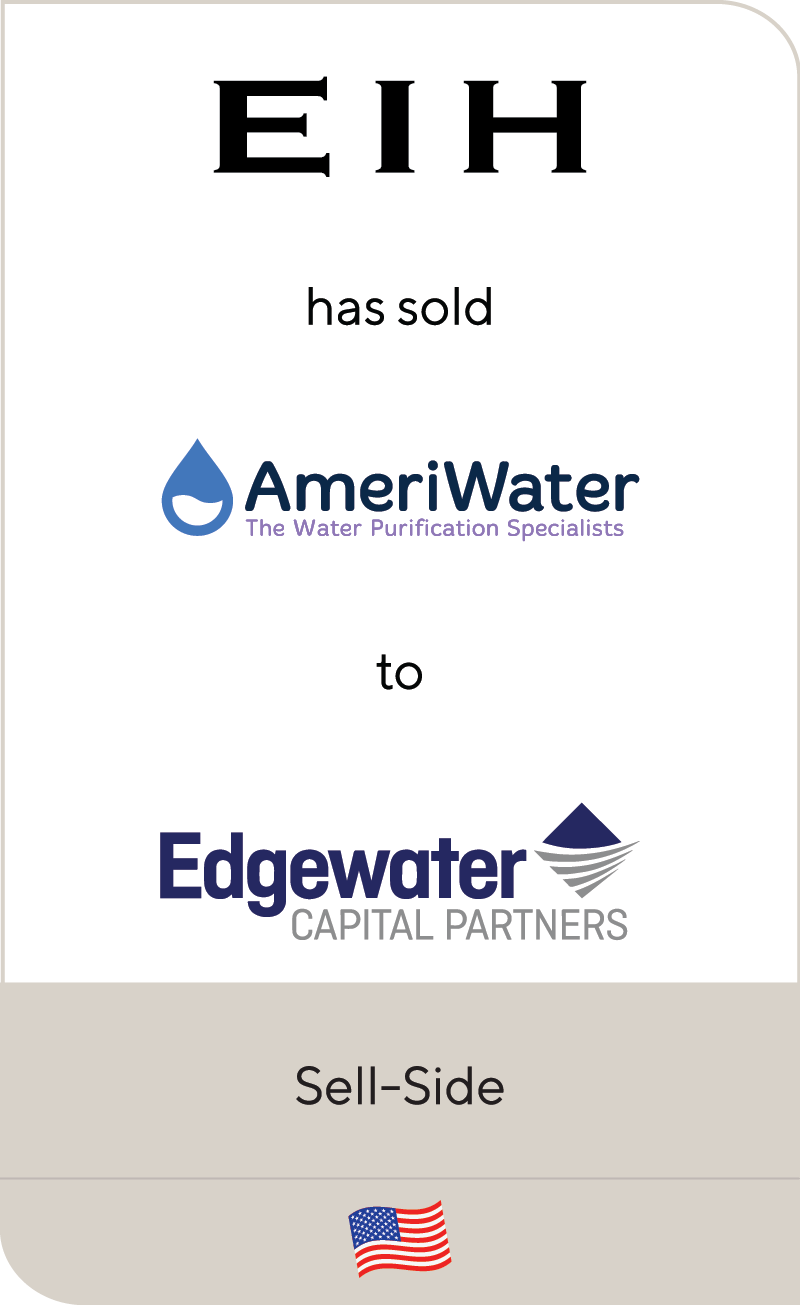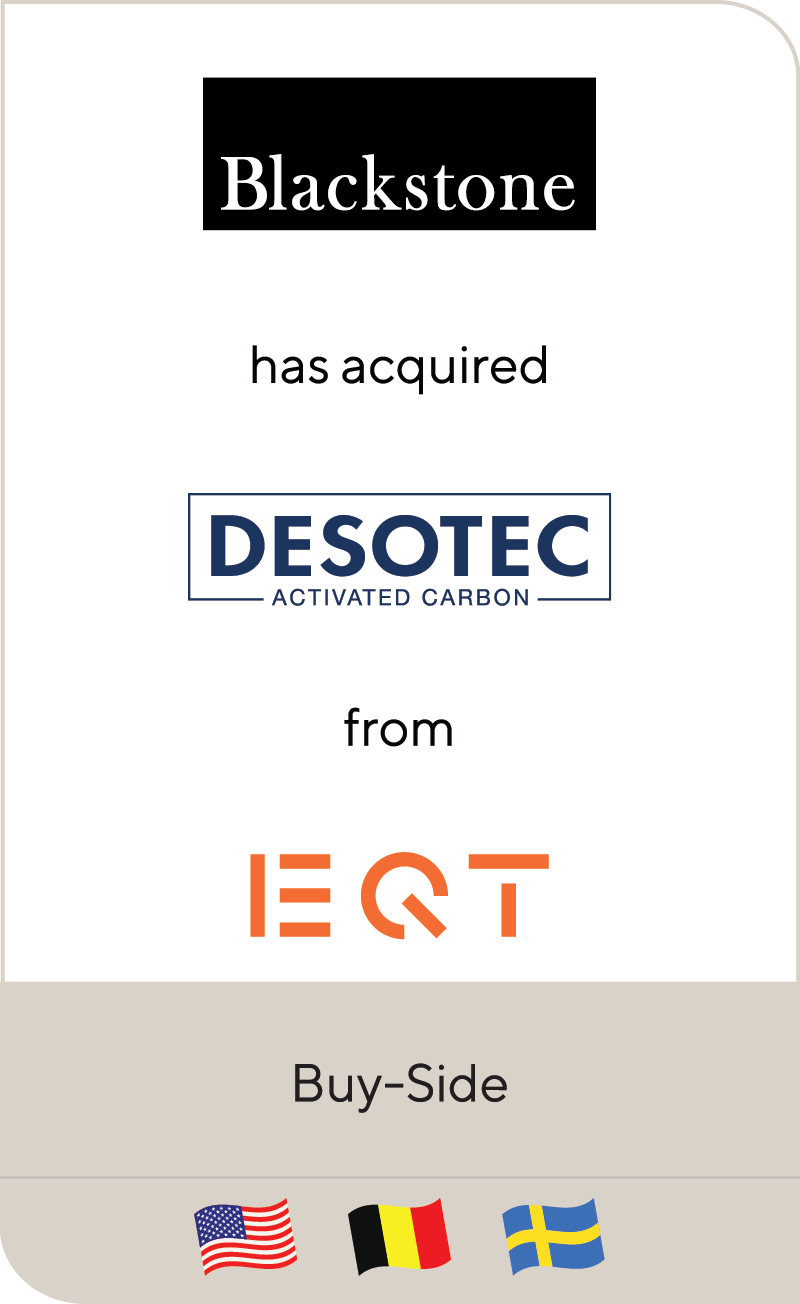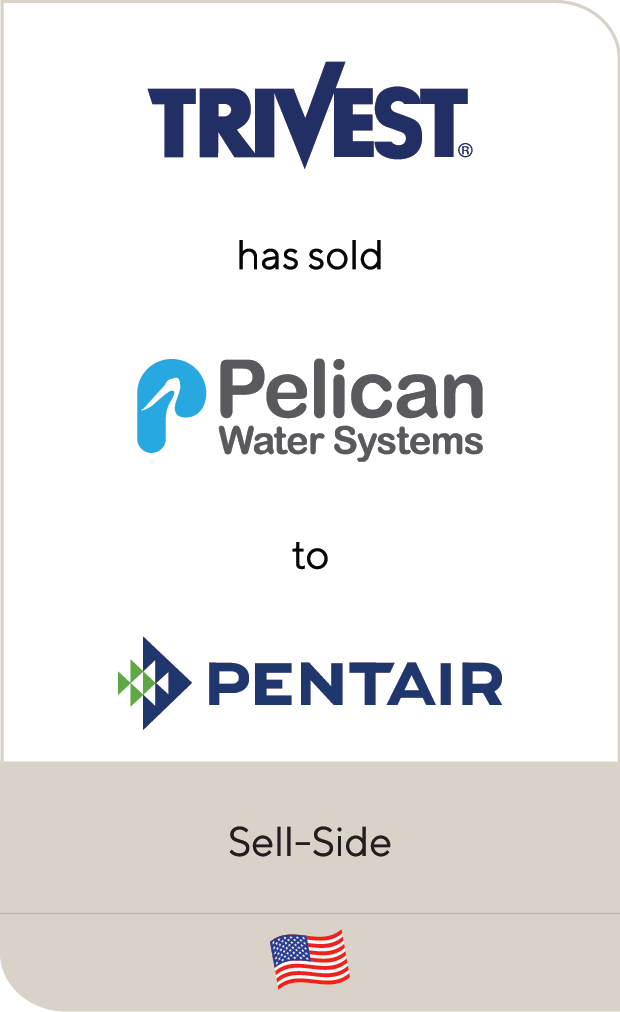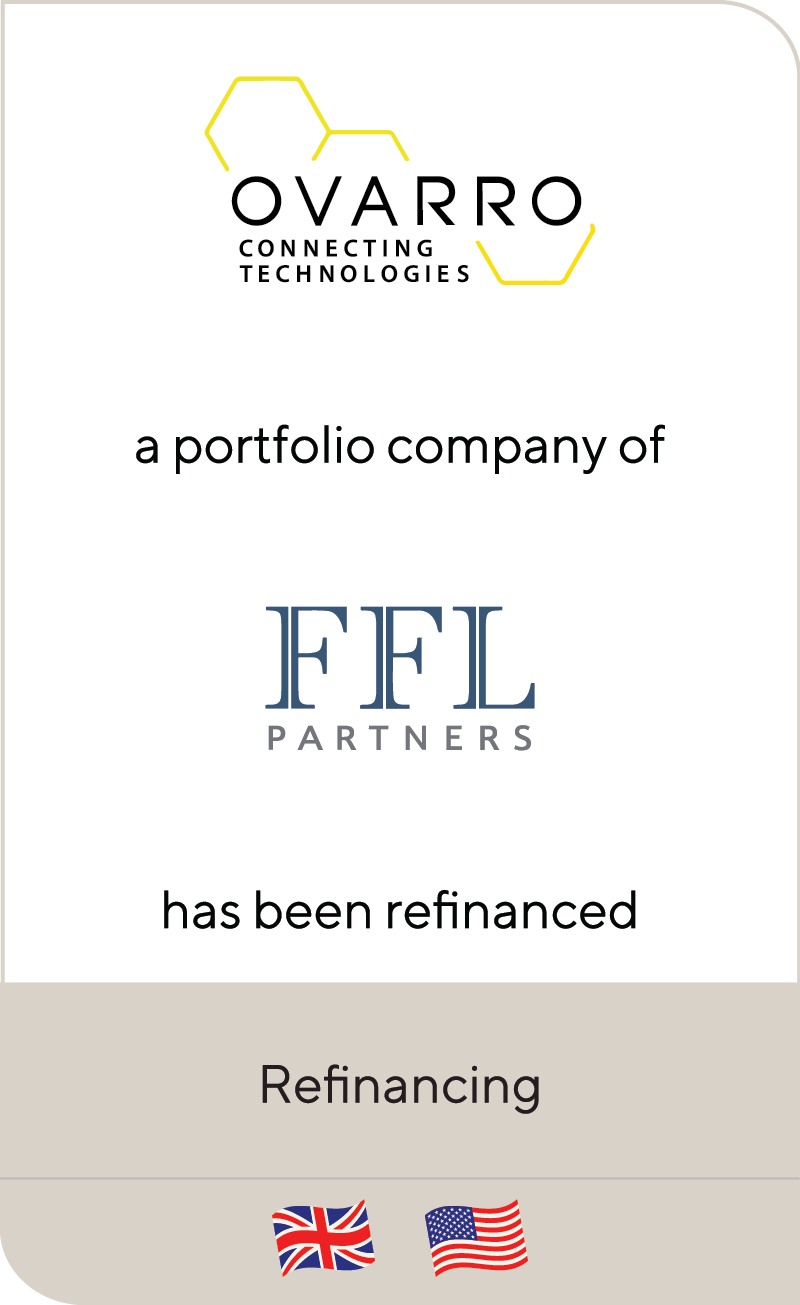Six Key Themes from WEFTEC 2024
Oct 2024
| Lincoln International recently attended the WEFTEC conference which unites industry professionals and investors in the water and wastewater industry. With 21,000+ participants, 1,000+ exhibitors and a wide range of presentations, workshops and exhibitions, the conference provided valuable insights and opportunities. Through numerous meetings with key industry leaders and investors, Lincoln gleaned critical takeaways and insights, as outlined below. |
Summary
-
Lincoln International recently attended the WEFTEC conference which unites industry professionals and investors in the water and wastewater industry.
- Sign up to receive Lincoln's perspectives
|
1 |
Aging Infrastructure and Water Sustainability Continue to be Core ThemesWhile smart solutions and artificial intelligence may have grabbed the attention of many participants, the underlying theme of aging water infrastructure in the U.S. will remain a significant driver of long-term industry growth. Much of the U.S. water infrastructure was built in the 1960s / 1970s and with an increasing focus on reuse and sustainability, a huge investment is needed to reduce waste. There are some estimates that drinking water systems in the U.S. lose over 2.1 trillion gallons of treated water per year. Abundant at the conference were the key suppliers of valves, pumps, piping and other water infrastructure component suppliers that can expect to see steady demand growth as ~$55 billion was earmarked to address water framework in the last infrastructure bill (many industry participants noted that those infrastructure dollars are now increasingly making their way into municipal projects). Additionally, industrial applications are major consumers of water and with demand from growing industries like semiconductor manufacturing, there is a critical need for solutions that can purify and enable reuse. |
|
2 |
Water Treatment an Area of Focus with PFAS Regulations Driving Sensing, Containment and Destruction PushWith the U.S. EPA establishing drinking water maximum contaminant level regulations in April 2024, constituents of the water / wastewater industry were given the guidance needed to act and have been formalizing their PFAS testing, containment and destruction strategies. These regulations will require thousands of utilities to invest in equipment to sense, contain / reduce and ultimately destroy these harmful “forever chemical” contaminants. While several technologies for treating PFAS are available, a key challenge for the industry has been creating commercially viable on-site testing and destruction technologies (as existing options for testing and destruction require off-site testing and / or are prohibitively expensive for utilities). Some exhibitors presented on-site PFAS destruction processes, but these and on-site testing technologies are in their early stages and will be crucial as water utilities progress on the EPA’s mandated timelines for testing and destruction. The industry can expect continued demand for testing, filtration and destruction products and innovation around PFAS. Many water market participants noted that they have seen an increased demand for filtration / purification solutions from all segments of the market as a result of growing PFAS awareness. |
|
3 |
Technology and “Smart” Solutions HeadlineIt was impossible to not notice the increasingly heavy presence of companies offering drone, sensor, artificial intelligence, operations / asset management software and “smart” equipment solutions this year. This growing demand for technology solutions is driven by end users within water and wastewater needing to make their operations more efficient as they face labor constraints, aging infrastructure, advanced contaminants and water reuse mandates. Many of the larger water equipment providers touted their integrated equipment, sensor and software packages as complete smart solutions for end users. Smaller companies without the financial resources to develop technology tools in-house are addressing this growing demand for smarter equipment via partnerships with technology suppliers. While many water / wastewater end users (e.g., water utilities) are just beginning their digitization journeys, these tools will enable them to quickly detect quality issues, monitor for leaks, map critical above / below ground infrastructure, pre-emptively identify infrastructure risks and manage storm / floodwater overflows. Suppliers of these smart systems will reap the benefits of recurring revenues via monitoring and software-as-a-service subscription fees. |
|
4 |
Resilient Industry PerformanceWhile a higher interest rate environment has discouraged larger investments across the economy, many water / wastewater companies reported stable growth this year in the face of a shaky global economy. This resilience has been a key driver of interest in the market as water is an essential need and there is increasing demand to make systems more efficient globally (but especially in the U.S.). |
|
5 |
Highly Competitive Water Market M&A ActivityThe numerous tailwinds supporting the water and wastewater industry (i.e., infrastructure spending, advanced treatment needs, growing regulatory drivers and sustainability mandates) are all bolstering demand for water market assets. The water / wastewater industry has seen transformative mergers and acquisitions (M&A) and corporate reorganizations in recent years, with some of the largest players in the industry combining (Xylem / Evoqua and Veolia / Suez) and Veralto spinning out of Danaher as participants look to gain scale and broaden their capabilities. These combinations have resulted in some of the larger players focusing on integration and optimizing their operations while simultaneously pursuing select M&A opportunities. In addition to larger acquisitions, mid-sized companies serving the water and wastewater market have also been in high demand whenever they have come to market with recent closed deals involving water treatment chemicals, water filtration / purification equipment, water operations and maintenance services, water quality products along with water technology / sensor companies (among others). There are relatively few mid-sized assets and that has resulted in highly competitive processes whenever these businesses have come to the market with many assets receiving extensive interest at premium valuations. |
|
6 |
Growing Private Equity InterestWhile the water and wastewater market has been an attractive vertical for years, an increasing number of investors are seeking access to it via acquisition, but are evaluating different entry points and growth theses based on the myriad ways that companies can participate. For potential investors seeking access to the water market, there are numerous entry points and opportunities based on product / service (e.g., filtration equipment, infrastructure products, sensors / control panels, technology solutions, equipment service, aftermarket consumables, etc.) and market segment (i.e., municipal, industrial and commercial customers). Growing companies that can demonstrate scalability and differentiation will continue to be highly desirable as more acquirers enter the market. |
| If you are an owner of a water business or an investor interested in exploring M&A opportunities in this sector, please contact a member of the Lincoln water & filtration team below to discuss your specific goals and how we can assist you in achieving them. |
Contributor
Meet Professionals with Complementary Expertise in Industrials

I am a rigorous advocate for my clients with a hands-on, communicative approach, focused on delivering intense advocacy and outlier results.
Sean Bennis
Managing Director & Co-head of Industrials
Chicago
I enjoy leading clients and realizing their objectives, while structuring solutions to issues that are both intriguing and challenging.
Øyvind Bjordal
Managing Director | Head of Switzerland
Zurich
Building long-term relationships is key for me personally – I want to be the advisor of trust for my clients.
Dr. Michael Drill
Managing Director | Head of Germany
Frankfurt















